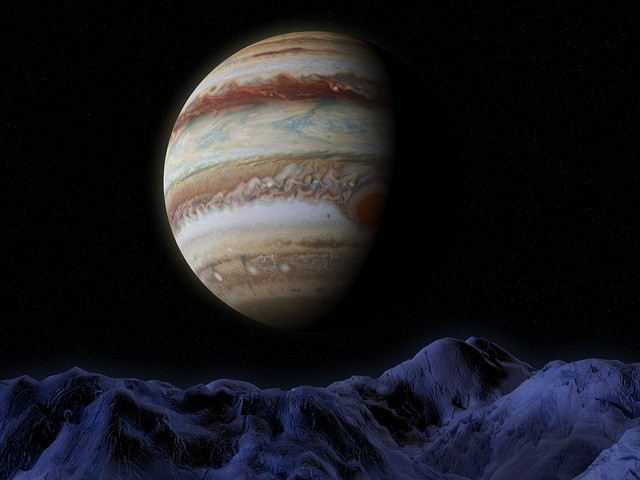
Europa, one of Jupiter's moons, is assumed to have a possibility of alien life due to a sign of water reservoirs. It is said to be the best bet in the Solar System that could bear life like the Earth, but maybe different. Scientists have discovered similar structures like having unusual double ridges on the moon.
Water Is found in Jupiter's Moon
Jupiter's ice moon could have shallow water reservoirs found on Earth; similar to the Greenland ice sheet, it has life in it, reported Science Alert.
This discovery contributes to understanding the geophysical factors that govern the frighteningly frozen world. It also suggests that extraterrestrial life, whether it exists on the moon, may not have been buried in an ocean ten of kilometers below Europa's glaciers but be much closer within reach.
Since it's closer to the surface, interacting with chemicals from space, other moons, and Io's volcanoes, geophysicist Dustin Schroeder of Stanford University says there's a possibility for life in pockets of water in the shell, noted News Stanford.
Processes in Greenland are the same even on the ice moon of Jupiter, which is water all over. Europa is riddled with uncertainties in its faraway home, orbiting the Solar System's largest planet.
Finding illustrates the icy body is not completely frozen but has a thick ice shell with liquid, briny ocean warmed by internal geological activity that may have alien life.
Read Also: New Study Suggests Ancient Pterosaurs Had Feathers That Change Colors at a Cellular Level
One advantage of the icy moon is to house life closely spread on a volcanically active ocean floor similar to Earth, cited National Geographic.
Jupiter's Moon
Not much is known of Jupiter's moon; for example, the surface is full of enormous double ridges that run side by side along channels.
The formation of these forms was still under study when the images of the Galileo probe were in the 1990s. Further investigation should find an answer in time.
In a presentation, scientists from Stanford University and Gregor Steinbrügge of NASA's Jet Propulsion Laboratory saw these double ridges.
They looked suspiciously similar to ridges they'd seen on Greenland's glacier during a separate project.
Steinbrügge has observed these double ridges for over 20 years, and this is the first time it's something similar on Earth and observing nature in action.
He went on to say that it's a step closer to understanding what forces control the mechanics and behavior of the moon's ice shell.
They looked at data from NASA's IceBridge mission, which employs radar technology and see what's going on deep below the surface, mentioned NASA.
The team's data began in 2015, when the ridges had not yet formed, then ended in 2017, when they started.
According to one hypothesis, this double ridge evolved in an area in Greenland where water from surface lakes and streams frequently empties into the near-surface and refreezes.
Based on a theory, shallow water pockets on Europa could form due to water from the subsurface ocean getting driven up through the ice shell through fissures, suggesting what is going on beneath the shell.
Much needs to be understood about how the water in the moon's icy shell and how forces shape the geography.
Activities to reveal more about the bizarre, double-ridged gouges that cover the frozen moon's surface.
Europa, an icy moon of Jupiter, could have life in its icy ridges based on a study in Nature Communications, its authors are still involved in the study.
© 2025 HNGN, All rights reserved. Do not reproduce without permission.








